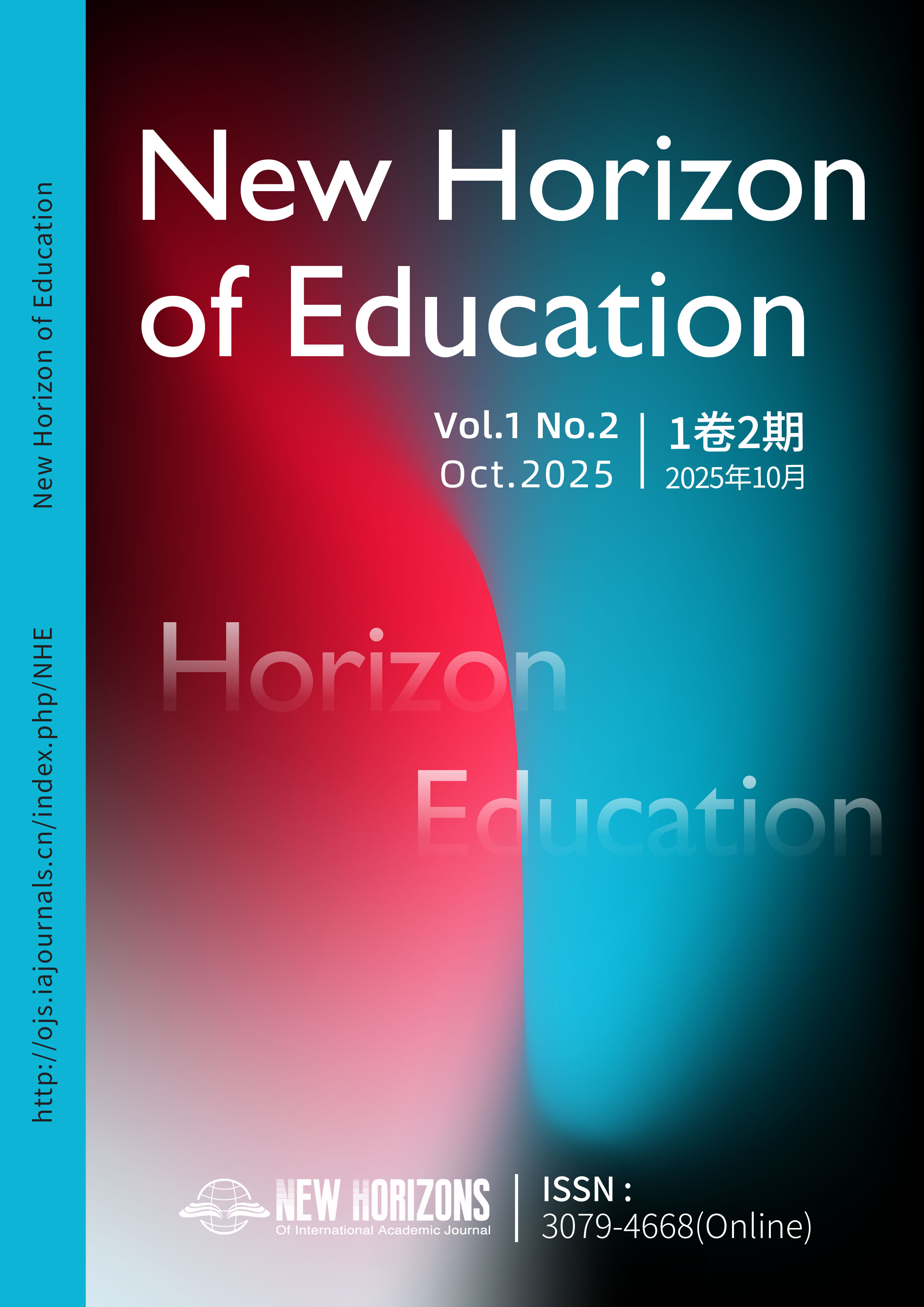Structural Compatibility in Sino-Kyrgyz Musical Fusion Cross:Cultural Reception Analysis
DOI:
https://doi.org/10.63944/trh.NHEKeywords:
Chinese ethnic music; Kyrgyz music; popular music; cross-cultural fusion; structural compatibility; music semioticsAbstract
Against the backdrop of global cultural integration and the diversification of popular music, cross-ethnic music fusion has emerged as a significant pathway for cultural innovation and dissemination. Kyrgyz music, as a representative tradition of Central Asia, is characterized by its distinctive melodic systems, composite rhythmic structures, and unique instrumental timbres (Alymbaeva, 2021). Chinese ethnic music, rooted in the pentatonic scale, integrates diverse rhythmic patterns and a rich array of instruments to form an expressive system with a distinct Eastern aesthetic. Drawing on music semiotics (Nattiez, 1990) and cross-cultural communication theory (Berry, 2005), this study proposes that the deep structural compatibility between Chinese and Kyrgyz music—in terms of rhythm (e.g., asymmetric meters), scale structures (pentatonic vs. natural scales), and timbral features—facilitates their organic integration into popular music. Such fused works are hypothesized to evoke stronger emotional resonance and cultural identification among cross-cultural audiences compared to monocultural compositions. Using a mixed-methods approach combining quantitative surveys and qualitative semiotic analysis, the study validates these hypotheses and identifies specific fusion mechanisms, including rhythmic slicing and recombination, modal superposition, and vocal technique dialogue. The findings provide both a theoretical framework and practical strategies for cross-cultural music innovation, with implications for the contemporary adaptation and global dissemination of ethnic musical traditions.
References
[1]Alymbaeva, A. (2021). Kyrgyz traditional music: Structure and cultural context. Kyrgyz National Conservatory Press.
[2]Berry, J. W. (2005). Acculturation: Living successfully in two cultures.International Journal of Intercultural Relations, 29(6), 697-712. https://doi.org/10.1016/j.ijintrel.2005.07.013 DOI: https://doi.org/10.1016/j.ijintrel.2005.07.013
[3]Braun, V., & Clarke, V. (2006). Using thematic analysis in psychology. Qualitative Research in Psychology, 3(2), 77-101. https://doi.org/10.1191/1478088706qp063oa DOI: https://doi.org/10.1191/1478088706qp063oa
[4]Clayton, M., Dueck, B., & Camlin, D. (2021). Rhythmic entrainment as a musical affordance: An empirical study on behavioural adaptation in cross-cultural music interactions. Journal of New Music Research, 50(3), 215-232. https://doi.org/10.1080/09298215.2021.1923347
[5]Ibrahimova, S. (2023). Rhythmic patterns in Central Asian folk music: A comparative analysis. Ethnomusicology Forum, 32(1), 45-67. https://doi.org/10.1080/17411912.2023.1987654
[6]Jacoby, N., McDermott, J. H., Lehr, A. J., & Norman-Haignere, S. (2020). Universal and non-universal features of musical pitch perception revealed by singing. Current Biology, 30(16), 3219-3229.e4. https://doi.org/10.1016/j.cub.2020.06.018 DOI: https://doi.org/10.1016/j.cub.2020.06.018
[7]Nattiez, J.-J. (1990). Music and discourse: Toward a semiology of music. Princeton University Press.
[8]Savage, P. E., Brown, S., Sakai, E., & Currie, T. E. (2015). Statistical universals reveal the structures and functions of human music. Proceedings of the National Academy of Sciences, 112(29), 8987-8992. https://doi.org/10.1073/pnas.1414495112 DOI: https://doi.org/10.1073/pnas.1414495112
[9]Thompson, G., Rogers, E. M., & Chen, Y. (2018). Measuring cross-cultural musical receptivity: Development and validation of the MCR scale. Psychology of Music, 46(5), 662-679. https://doi.org/10.1177/0305735617721832
[10]Treasure, J. (2022). Sound business: The science of sonic branding. Routledge.
[11]UNESCO. (2023). Global report on cultural diversity in music streaming. UNESCO Publishing.
[12]Vertovec, S. (2023). Super-diversity and its implications for cultural policy. Ethnic and Racial Studies, 46(8), 1465-1485. https://doi.org/10.1080/01419870.2022.2152689
[13]Wang, R., Liu, Y., & Zhang, J. (2022). Audience reception of cross-cultural music fusion: An empirical study in East and Central Asia. Psychology of Music, 50(4), 1021-1038. https://doi.org/10.1177/03057356211054321
[14]Wang, Y. (2018). Chinese traditional music theory and practice. People's Music Publishing House.
Downloads
Published
Issue
Section
License
Copyright (c) 2025 New Horizon of Education

This work is licensed under a Creative Commons Attribution 4.0 International License.









